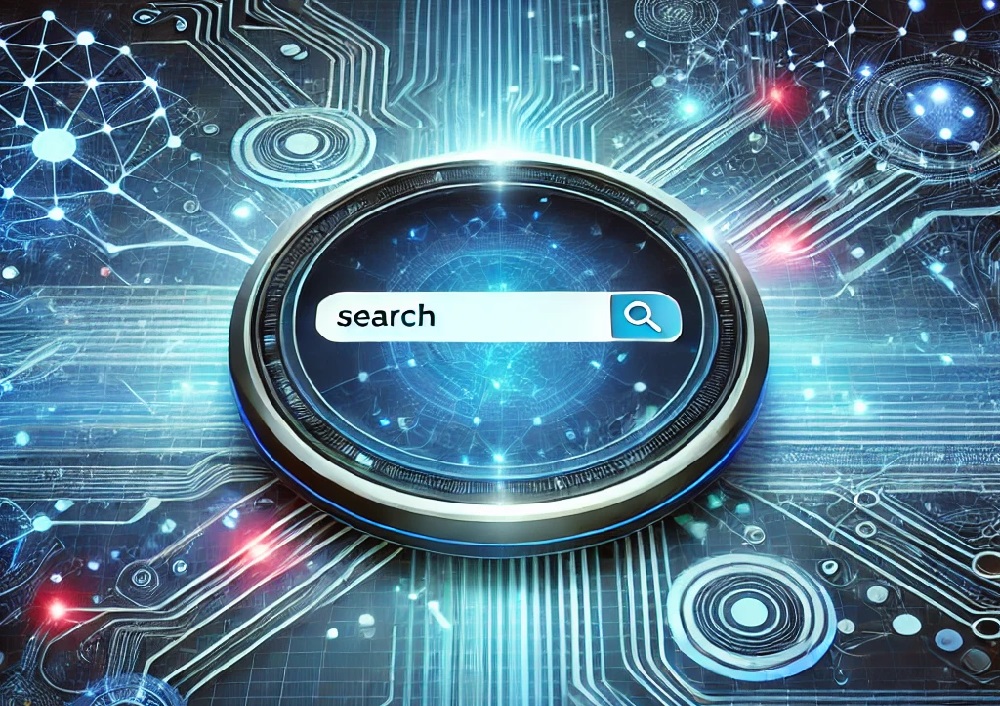AI-powered enterprise search engines significantly minimize bias and improve data integrity by ensuring that searches are conducted across a controlled repository of documents. By using advanced algorithms, SQUARE scans diverse formats such as PDFs, videos, and audio files, enabling users to find accurate information swiftly without the risk of incomplete or biased data. This technology also integrates seamlessly with existing workflows, providing context-rich answers and linking directly to source documents.
In addition to enterprise search capabilities, AI also drives the functionality of website chatbots like SQUARY, which is designed to enhance user experiences on company websites. SQUARY provides immediate, unbiased responses to user inquiries by accessing a range of web pages, documents, webinars and podcasts and integrates with providers such as YouTube and Spotify, providing timestamps so users don’t have to scroll to find what they need.
The effective use of AI in search and chatbots showcases its ability to systemic biases, ensuring a more objective and consistent flow of information. By focusing on data integrity and contextual accuracy, organizations can build greater public trust and efficiently manage their information repositories.
Key Takeaways
- AI-powered enterprise search reduces bias by searching controlled repositories.
- Website chatbots provide public, unbiased responses from accurate data.
- AI-powered enterprise search integrates easily, providing context-rich, reliable information.
Understanding AI and Bias
Bias in artificial intelligence is a complex issue influenced by various factors, including human input, algorithm design, and data quality. This section breaks down the critical aspects of AI bias to provide a clearer picture of its origins and effects.
Defining Bias in AI
Bias in AI refers to the preferential or prejudicial treatment that certain groups may experience when artificial intelligence systems make decisions. This bias can emerge from many sources, often leading to unfair outcomes. Such biases can manifest in various ways, including skewed recommendations, inaccurate predictions, and discriminatory practices.
AI systems rely on data to learn and make decisions. If this data is biased, the outputs are likely to be biased as well. It’s essential to differentiate between algorithmic bias and cognitive bias, where the former is rooted in the AI’s design and the latter arises from human input.
Sources of Bias in Data and Algorithms
There are several sources of bias in data and algorithms. Human biases are a significant contributor, as datasets often reflect the prejudices of those who create them.
Algorithmic bias can occur if the machine learning algorithms used to make decisions are flawed. These flaws might arise from insufficient training data, poorly defined problems, or feedback loops that reinforce biased outcomes. For example, if an algorithm is trained on data that underrepresents certain groups, it may fail to perform accurately for those groups.
Implications of Bias on Society and Technology
The implications of bias on society and technology are far-reaching. Biased AI systems can perpetuate existing inequalities, leading to unfair treatment in areas such as hiring, lending, and law enforcement. The McKinsey report emphasizes the importance of improving AI systems to prevent them from exacerbating human and societal biases.
Technologically, biased AI systems can lead to reduced trust and acceptance of artificial intelligence. Addressing these biases is crucial for ensuring equitable and reliable AI applications. You must be vigilant about the data and algorithms used to create these systems to minimize bias and improve data integrity.
Mitigating Bias and Ensuring Data Integrity
Artificial intelligence (AI) and machine learning (ML) algorithms have transformative potential, but they must be implemented with considerations around bias mitigation and data integrity. Effective measures can enhance the fairness and trustworthiness of these technologies in critical fields like healthcare and employment.
Bias Mitigation Techniques
Bias mitigation in AI involves multiple strategies to identify, assess, and reduce biases in datasets and algorithms. Techniques include pre-processing, in-processing, and post-processing interventions. Pre-processing cleans and prepares the training data to minimize biases before the AI model is built.
In-processing modifies the ML algorithm during training to handle biases directly. Post-processing adjusts the model’s predictions after it is trained to ensure fairness. These techniques can be employed to create trustworthy AI systems that maintain fairness and data integrity across various application domains.
The Role of Fairness Metrics
Fairness metrics are crucial in measuring and managing bias in AI systems. Common metrics include demographic parity, equalized odds, and disparate impact. Demographic parity ensures that predictions are equally distributed across different demographic groups.
Equalized odds focus on equal false positive and false negative rates among groups. Disparate impact analyzes whether the algorithm disproportionately affects certain groups. Utilizing these metrics allows for continuous evaluation and tuning of AI models to uphold fairness and accuracy,
Case Studies: AI in Healthcare and Employment
In healthcare, AI is used for predictive analytics, diagnosis, and treatment recommendations. To ensure these applications are unbiased, it is critical to use diverse and representative training datasets. For example, IBM has demonstrated approaches for mitigating AI bias in medical diagnostics.
In employment, AI-driven systems assist in recruitment and employee evaluations. Addressing algorithmic bias in these systems involves regular audits and the implementation of bias mitigation strategies. Successful integration of fairness metrics and robust bias mitigation can lead to improved trust and reliability in AI tools, ultimately fostering equitable opportunities for all.
By focusing on bias reduction and data integrity, you help create AI and ML systems that are both accurate and fair, enhancing their adoption and efficacy in crucial sectors like healthcare and employment.
Conclusion
AI-powered search technologies are revolutionizing the way data integrity is maintained. By incorporating techniques such as advanced algorithms and continuous learning, these systems help to reduce biases and enhance the accuracy of information retrieval.
Ensuring fair and unbiased data is a critical aspect of AI development. Regular updates and vigilant monitoring are essential to minimize inaccuracies.
AI-powered solutions not only streamline search processes but also boost the reliability and trustworthiness of data, leading to significant advancements in various fields.


